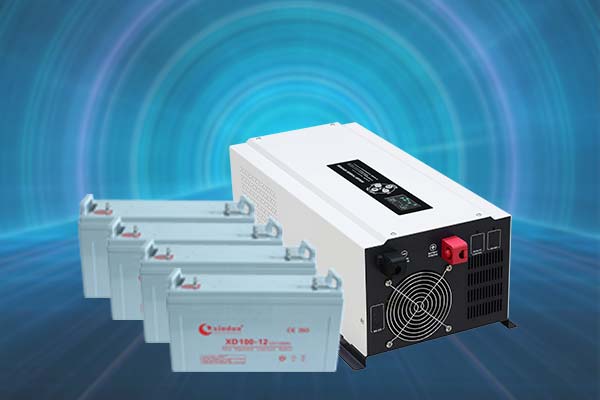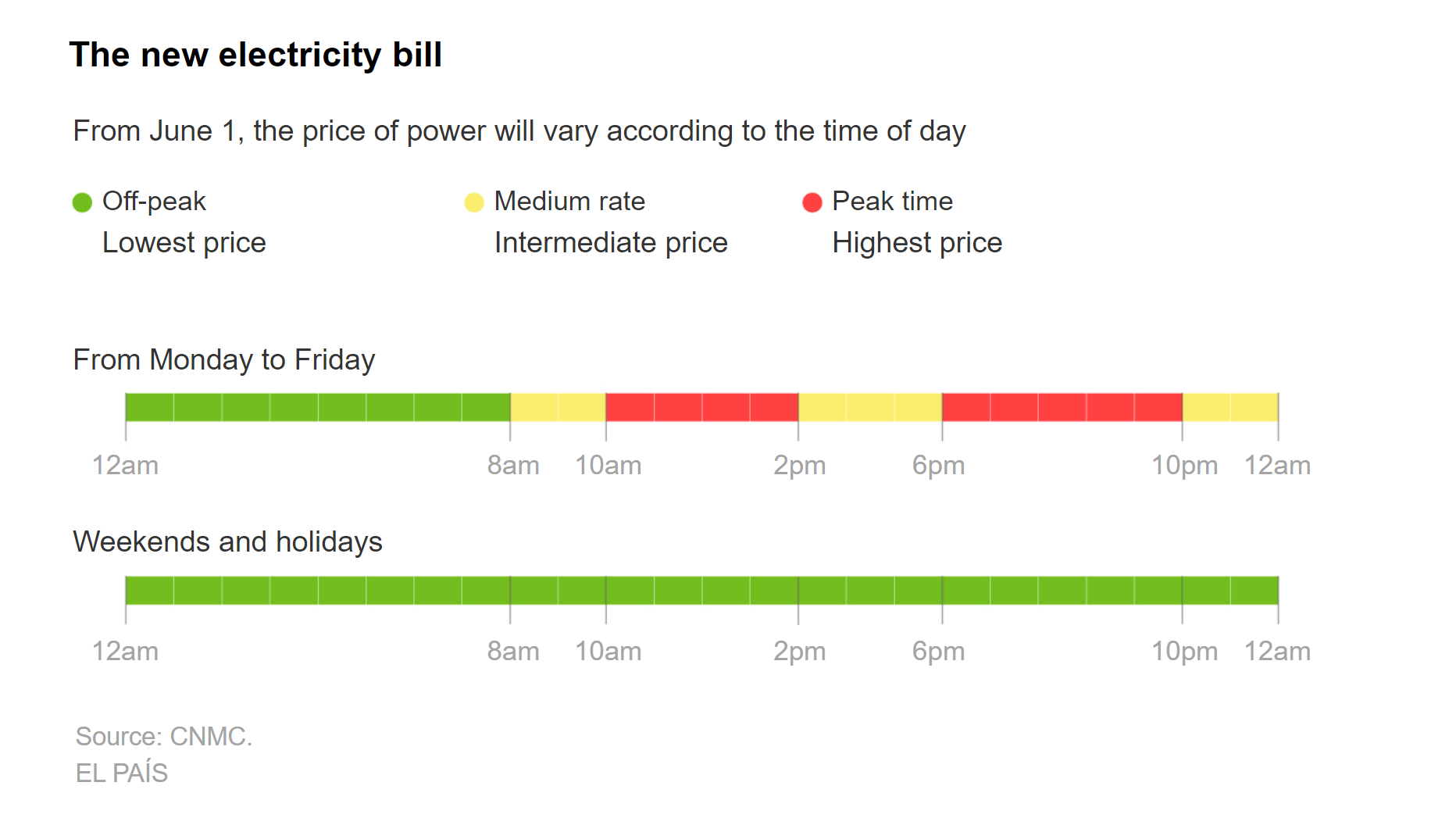Hybrid solar systems are an excellent way for households to benefit from solar power without giving up the benefits of being connected to a major grid. Hybrid systems combine solar panels to produce electricity, a battery to store energy, and a two-way grid connection to draw from or feed power back into the grid depending on the circumstances.
A piece of equipment called a hybrid inverter helps all of these elements work together, acting as a central hub between the solar panels, the battery, and the main grid. A hybrid solar inverter switches the current between direct current (DC) and alternating current (AC) depending on what type of energy is needed at a given time. DC is produced by the solar panels and is used by batteries, whereas AC is used by most household appliances and the grid.
In this post, we take a look at some use cases of hybrid solar systems and hybrid inverters in four different countries with four different energy landscapes. Read on to learn more.






